
New and innovative Design Materials In Tune with Wellness, Sustainability and The Latest Trends
Society is becoming increasingly aware of the importance of environmentally responsible building and interior design. The Post-Covid period marks the mass return to the workplace and in workplace design, we are presented with the opportunity to assess recent developments in architectural materials, and center our priorities on maintaining wellness and continuing the advances made in the environment and sustainability which were seen as transport and travel paused for a year all around the globe.
As well as the return of the workforce, there is an entire generation of ‘Zoomers’ or ‘Pandemials’ that are heading into work, most of which have just left education, and according to some research, are already expected to make up around a quarter of the workforce now. This generation are looking for the ability to connect to anyone in the world in seconds, but are also very aware of the importance of health and wellbeing, having lived through one of the biggest pandemics in recent history.
In a recent article; The Rise of the Video call, and what this means to workplace strategy, we explored how AI and technology during this recent period, along with priorities of sustainability and wellness, has highlighted the importance to merge the aims in seeking the development of innovative processes, applications, and products with ecologically beneficial goals.
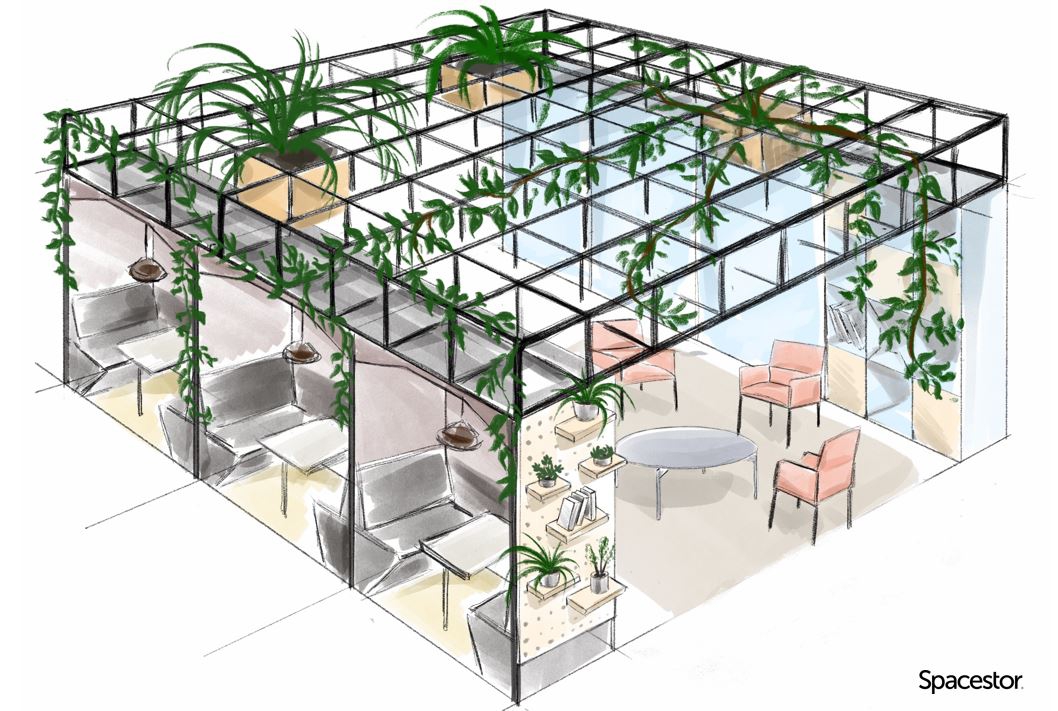
Employers must not ignore what makes a desirable company to Gen Z or they risk losing a large proportion of the future work pool. Cone’s 2017 Gen Z CSR Study: How to Speak Z found that 94% of this generation believe that companies should address urgent social and environmental issues and will consider the social purpose of a company when deciding where to work. However environmental and wellness priorities are not exclusive to this generation, some great examples of wellness and environmental practices can be seen in projects like Headspace and their Californian Head Office, and Jacobs where they opened a new European flagship office in London.
More often than not, environmental sustainability can improve well-being at work. Cycle-to-work schemes, switch-off campaigns, and community litter picking are all opportunities that companies can provide to employees to give them a social purpose on a scale that has a large impact.
There is much that we can do to improve the sustainability of a workplace by looking at the materials that are used within the production stages. We have to move away from our current ‘take-make-waste’ model when it comes to products and materials. Designers right now can look at a number of materials that are on-trend and offer a great alternative to materials like single-use plastics and non-recyclable materials.
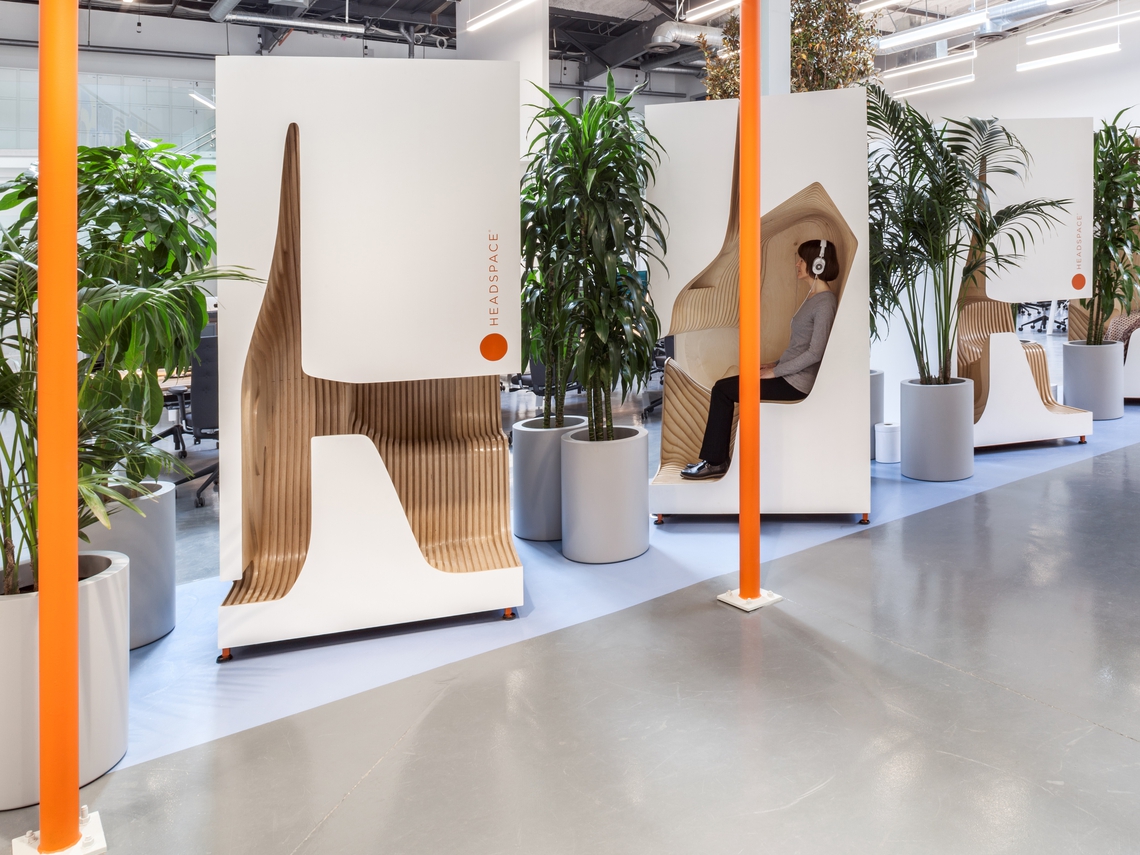
Single-use plastic is one of the world’s worst contributors to waste. So we wanted to take you through 6 materials that are on-trend right now, that can be used in design:
Cork
Cork has been favored by many designers and architects for its compostable and recyclable properties. Its popularity has been on the rise and uses are now stretching far beyond cladding in architecture.
Portuguese studio Digitalab used an innovative cork thread to create a collection of lighting and accessories, and Jasper Morrison made a series of furniture items from cork block left over from wine-bottle cork-stopper production.
This is a material that is carbon efficient as well as sound absorbent, fireproof, and water resistant, making it a great choice for production.
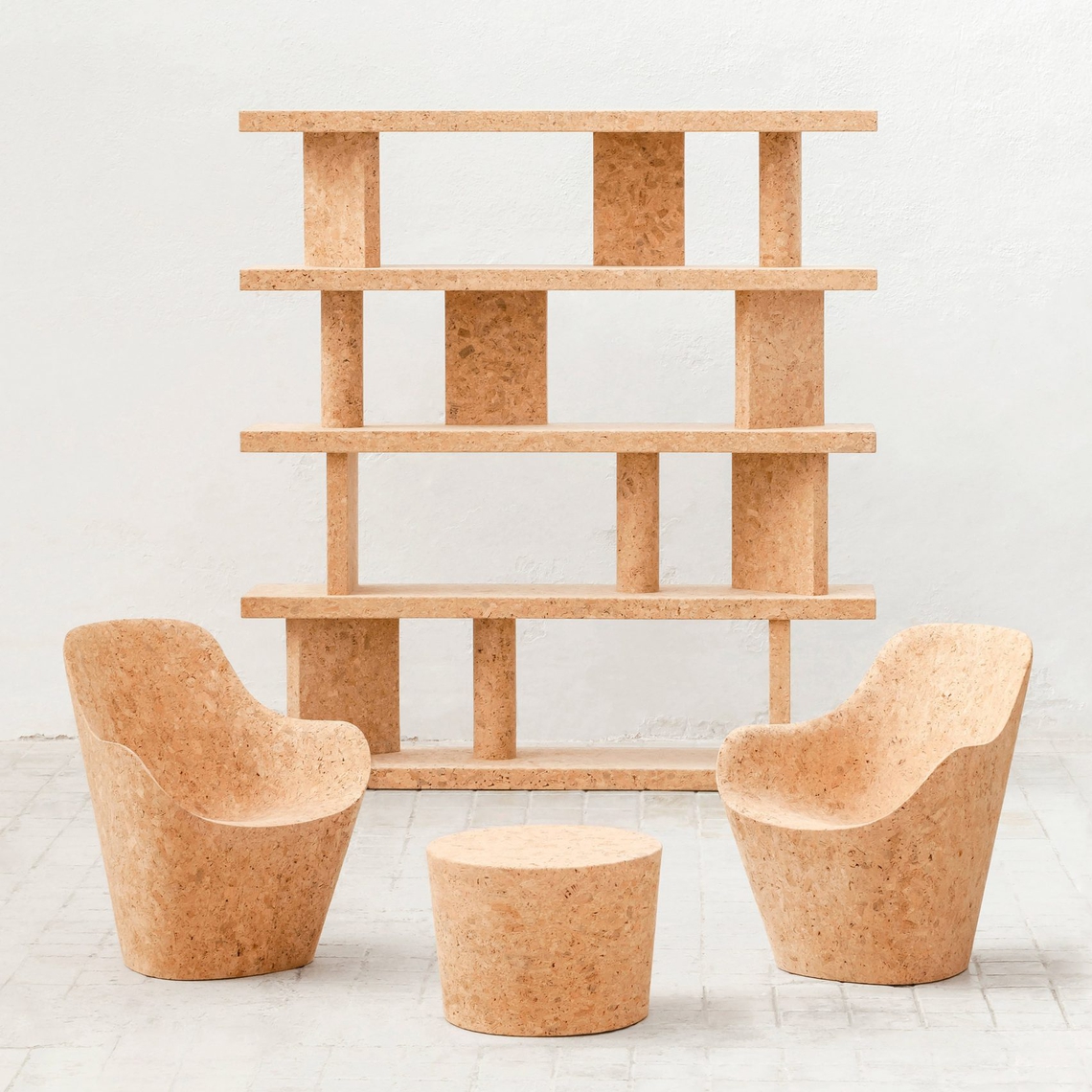
Lupin
Students from the Iceland Academy of the Arts in Reykjavík have been developing a sustainable substitute for fibreboard that is self-binding, chemical-free, and biodegradable.
This is a material made from a plant source that is completely self-binding, making it a great alternative solution in product design to materials like MDF that uses synthetic glues to bind the wood fibres together.

Paptic
Paptic is a new material that blurs the line between paper and plastic. Made of sustainable wood fiber, it feels and looks like paper, but is as strong and tear-proof as plastic. This makes it suitable for uses where plastic films have previously been the only alternative, it is easy to print on, easy to recycle, and perfect for packaging. This is an emerging material that is likely to be seen a lot more in the near future.

Graphene Nanocoating
One hundred times stronger than steel, amazingly light, nearly transparent, and capable of efficient heat and electrical conductivity, Graphene has many applications in solar power, electronics, biomedicine, and more.
It’s a relatively difficult material to work with and mass-manufacture in its purest forms, however using Graphene nanocoating allows other materials to be coated with the material, giving them most of graphene’s best qualities cheaply and efficiently. One emerging industrial design use is in helping to make thinner, lighter, stronger smartphones with better battery life.

Wood
If Interiors magazines and Instagram are anything to go by, natural timber is the top trend in design right now. However, it is also known to be one of the most naturally renewable energy sources, which means it will have less of an impact on the environment compared with other materials. Additionally, research has shown that reducing the amount of man-made materials and introducing natural alternatives in your surroundings lowers stress and anxiety levels. Biophilia is an extremely popular trend right now, for many reasons relating to wellbeing and sustainability in the workplace, and a perfect compliment to this is a natural wood finish, examples of how these can be seen in our range of Office Pods and Booths.

Bamboo
Bamboo is the fastest growing plant on earth, able to grow 3 feet in 24 hours in the right conditions – it is a super sustainable alternative due to its naturally renewing properties. Often nicknamed as the new ‘green steel’ for its versatility and strength in construction. In Asia, it’s often used in place of steel for the construction of buildings and roads or to reinforce concrete. As it’s technically a grass, not a tree, there are no weak points along its length. This makes it stronger and more durable than even the toughest hardwoods.
Bamboo fibres are naturally anti-bacterial without needing any toxic chemical treatments, this means nasty pesticides and chemicals aren’t required when harvesting. It has been used for many years, however, we are seeing more and more the use of this material in top designs and are likely to see its continued for years as a top trending material.

Organoid
Organoid are a brand focussed on 100% sustainability, authenticity, closeness to nature, and nontreated natural materials. These are the ingredients of their natural surfaces. They centre around the principles: See. Feel. Smell. Experience.
Natural Surfaces from Organoid are made of natural raw materials (hand-cut alpine-hay, rose petals, lavender stalks, and more). These are applied, on various backings, retain most of their natural properties, such as their fragrance, feel, optics, and allow a multi-sensorial experience (except tasting).

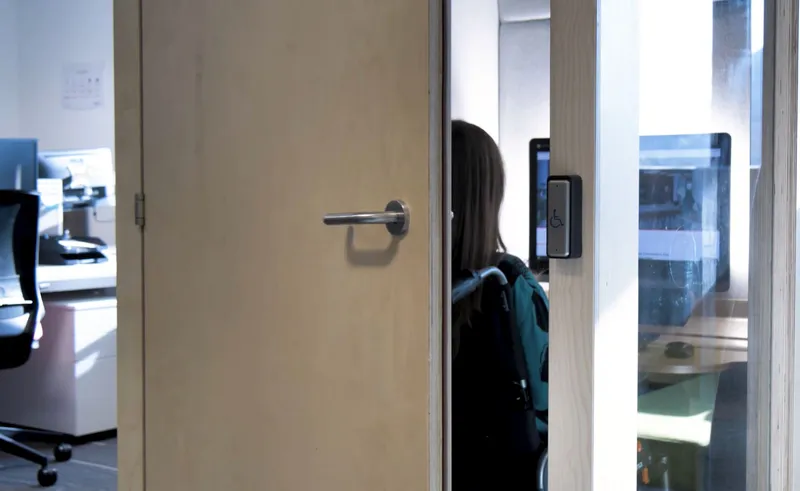
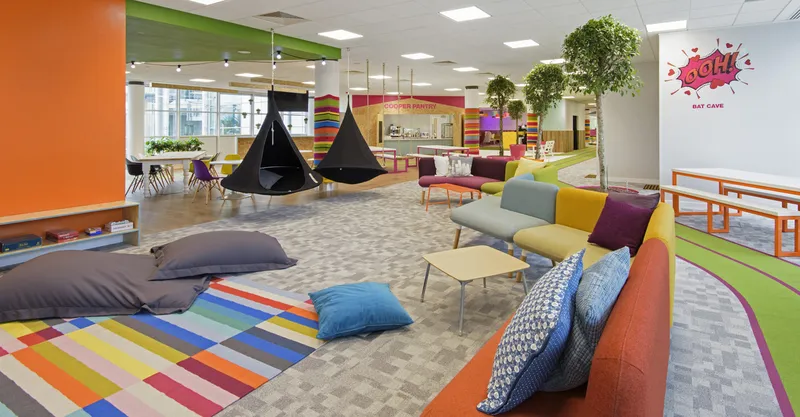
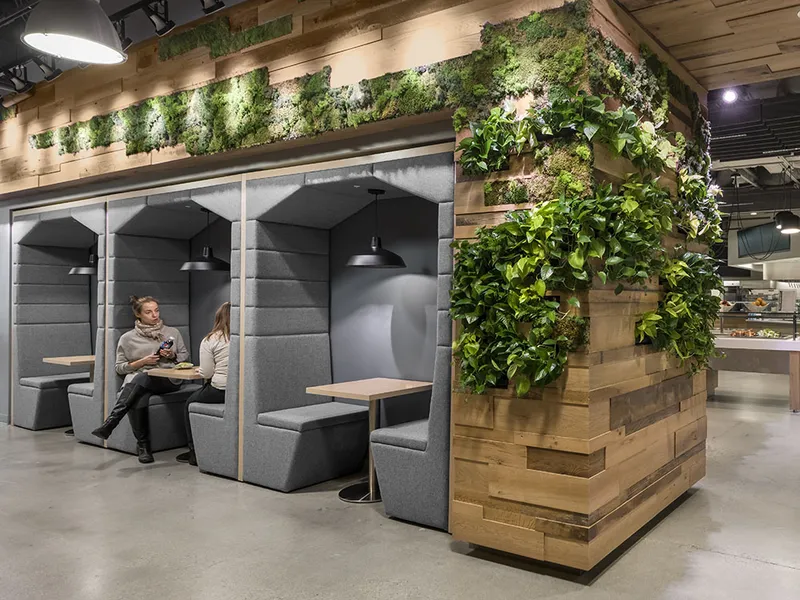


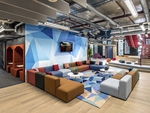
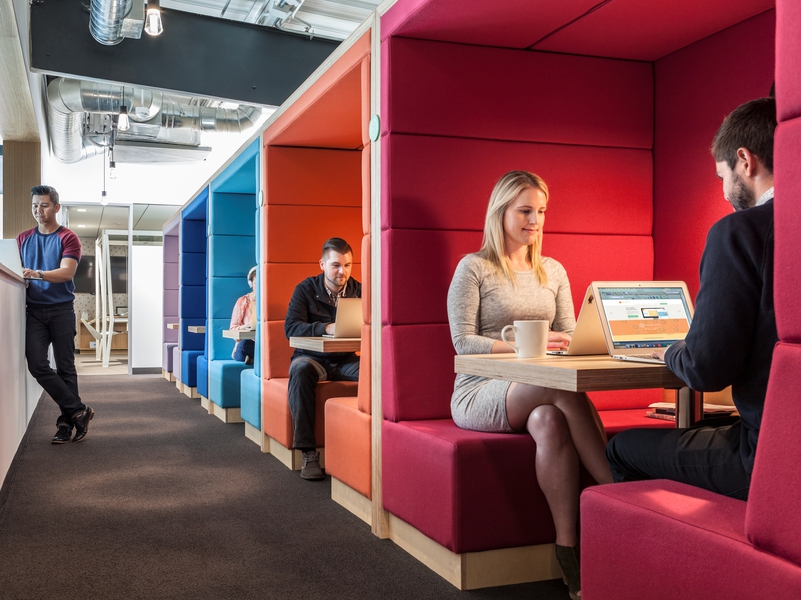
The new headquarters of California's meditation app provider, Headspace, designed by Kelly Robinson, feature the Railwa…
TECHNOLOGY & IT
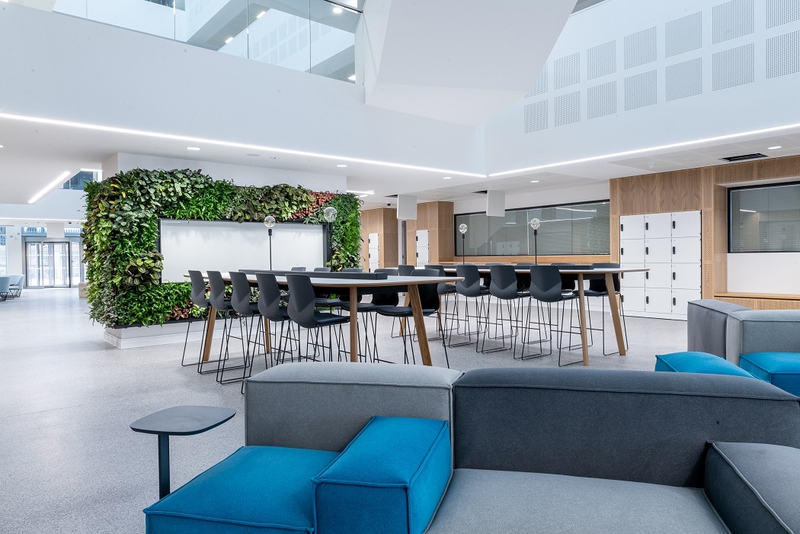
A modern and forward-thinking space for Coventry University; a dynamic university that provides high quality education …
EDUCATION
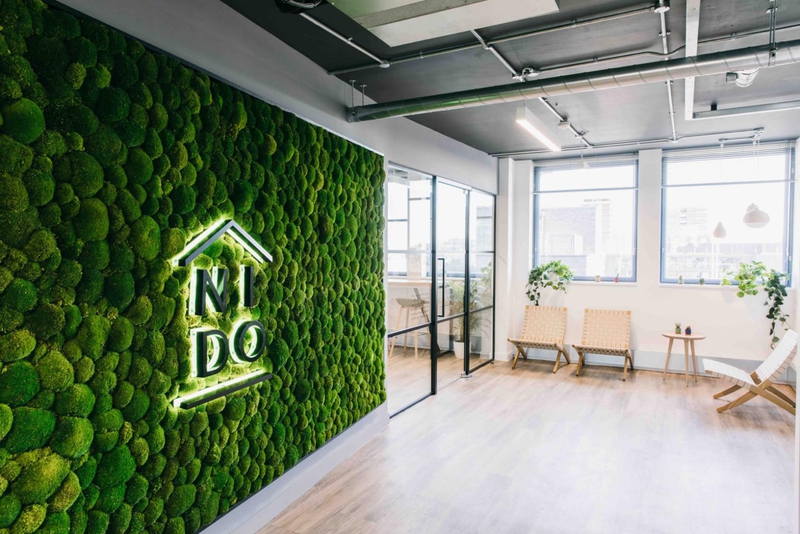
Student accommodation providers, Nido Student passionately care about being green and sustainable, so Knotel created th…
REAL ESTATE